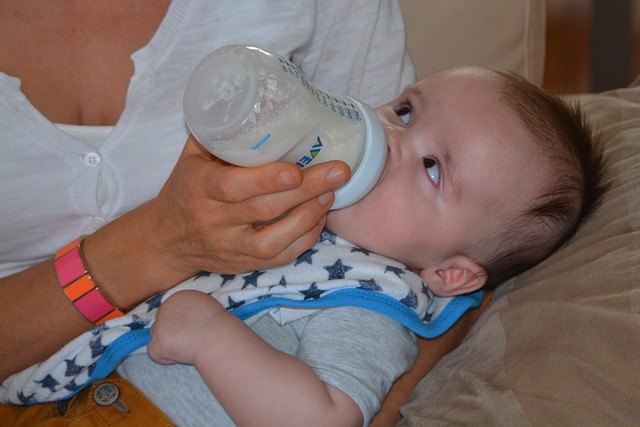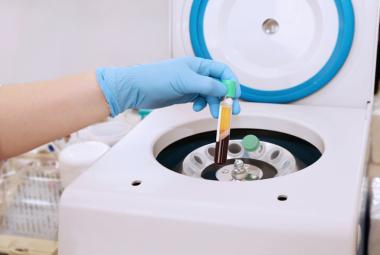Pyloric stenosis (PS), also known as infantile hypertrophic pyloric stenosis, is caused by hypertrophy of smooth muscles of the pylorus. The pylorus is the outlet of the stomach and therefore its constriction leads to obstruction, often observed as projectile vomiting in the newborn infant. Its cause is unknown but presents as a palpable mass in right upper quadrant of abdomen. It is a common condition that requires surgery in first few days to months after birth, suggesting that environmental factors could be a trigger. However its etiology still remains unclear.
A recent study in Denmark suggests that bottle-feeding with formula may be associated with a 4.6 fold increased risk of pyloric stenosis. In this study of 70,148 infants, the mothers were interviewed twice during pregnancies and twice again after delivery. Out of 70,148 infants (most of whom were breastfed), 65 infants required surgery for pyloric stenosis, 29 of which were bottle fed with formula before pyloric stenosis was diagnosed. Of the 65 cases of PS, 59 were males, and 6 were females. The median age at diagnosis was 35 days.
The authors estimated that the risk of PS during the first 4 months for breastfed infants was 0.05% and for formula-fed infants was 0.31%
The authors of this study suggest that while the etiology of this increased risk of PS is not clear, it is probably associated with the use of formula. Formula is known to be less digestible due to its higher whey and casein content, it is retained for longer periods in the stomach, and when infants are given formula by bottle, larger volumes are generally ingested.
The authors theorize that the problem with overfeeding of formula may irritate the pylorus muscle and lead to hypertrophy. Male infants generally ingest larger quantities of formula, and gain weight faster, which may account for the fact that they have higher rates of PS.
According to these researchers, breastfeeding may also protect against pyloric stenosis because it contains high levels of vasoactive intestinal peptide, which favors pyloric relaxation. Breastmilk also is low in osmolarity, which provides better gastric emptying. Breastmilk may also provide protection against pyloric stenosis because it contains probiotics such as bifidobacteria and lactobacilli, which make up 90% of bacteria in the stomach and thus may play a protective role against pyloric stenosis.
Altogether, this data suggests that exclusive breastfeeding in the early months postpartum may dramatically reduce the incidence of pyloric stenosis in newborns. Now we need more studies to confirm this data.
Sonia Shoukat M.D.
Thomas W. Hale Ph.D.
Reference:
Krogh C., Biggar RJ, Fischer TK, Lindholm M, Wohlfahrt J and Melbye M. Bottle-feeding and the risk of pyloric stenosis. Pediatrics online. September 3, 2012.







